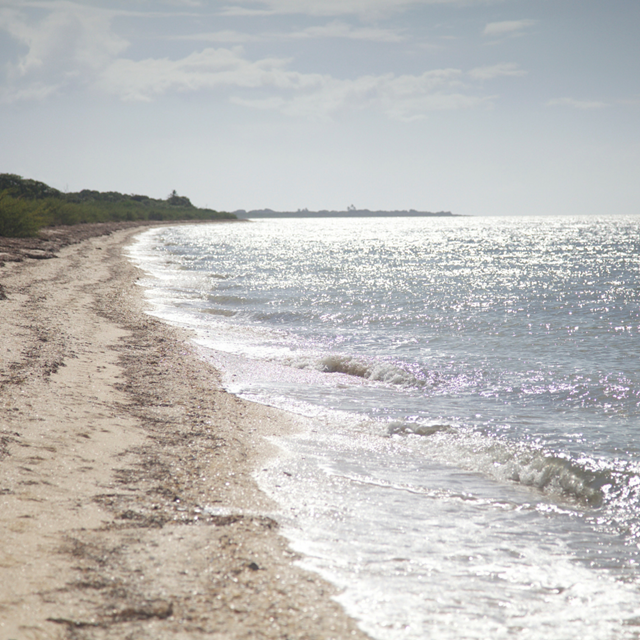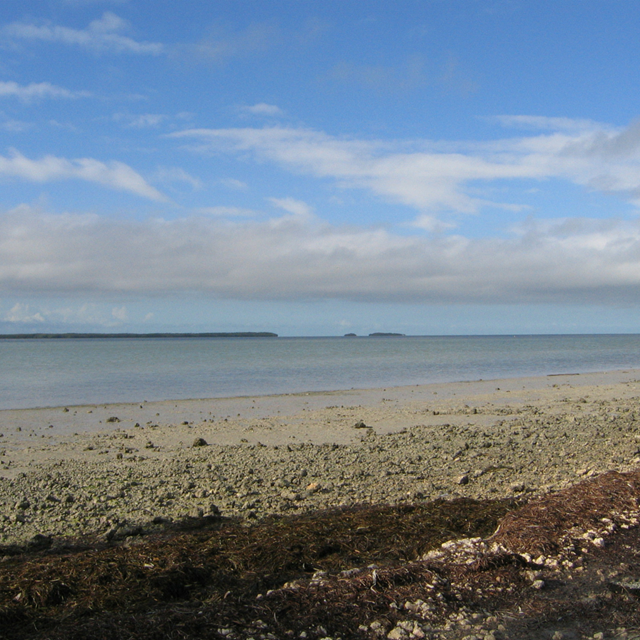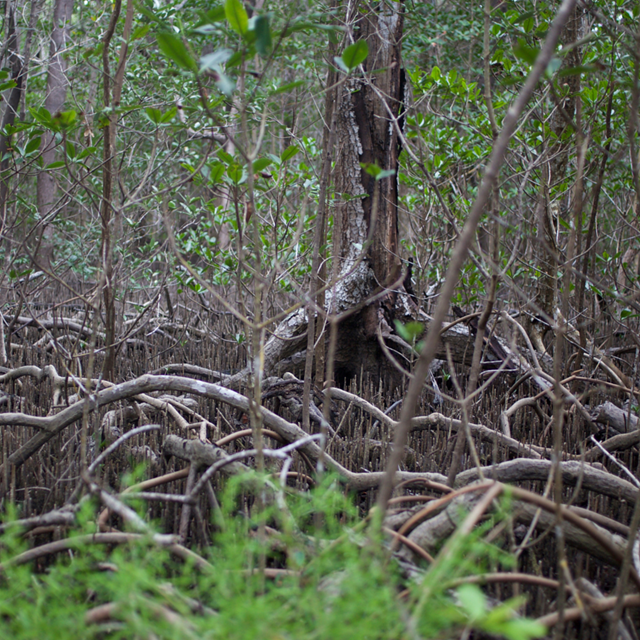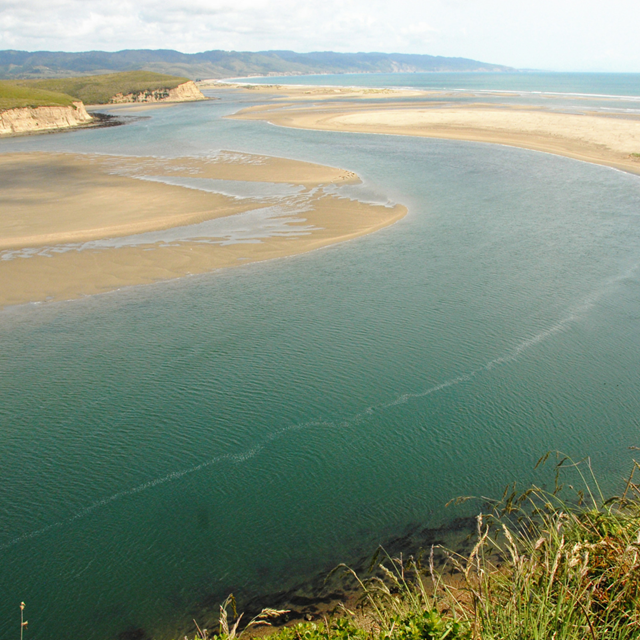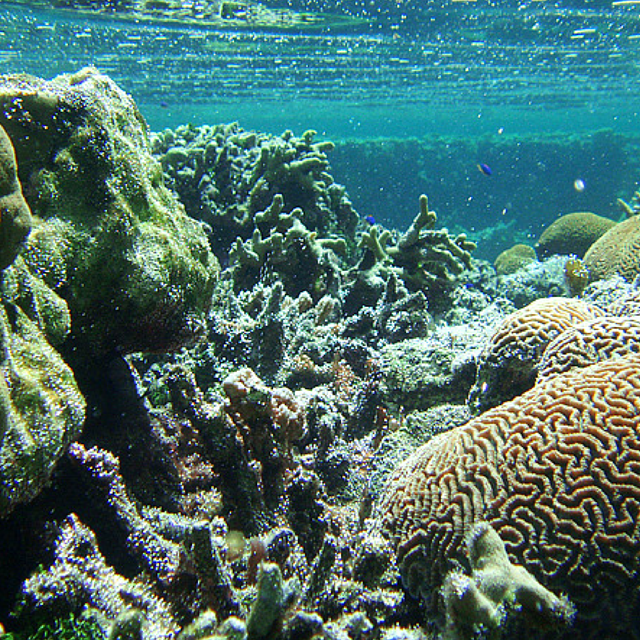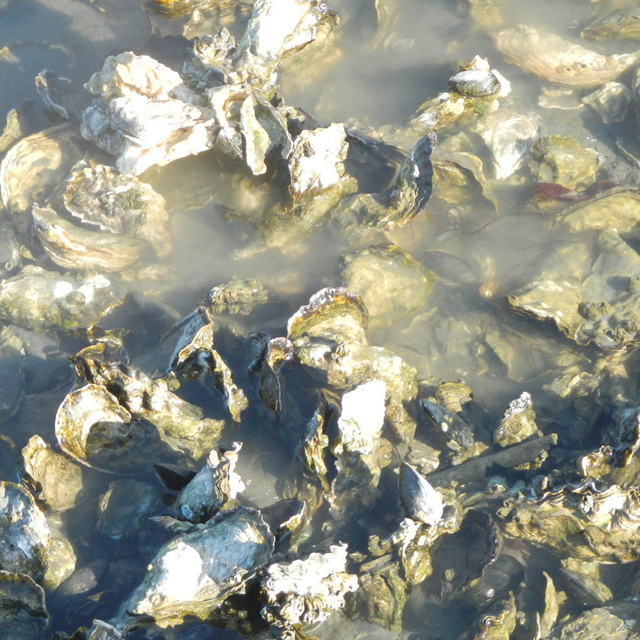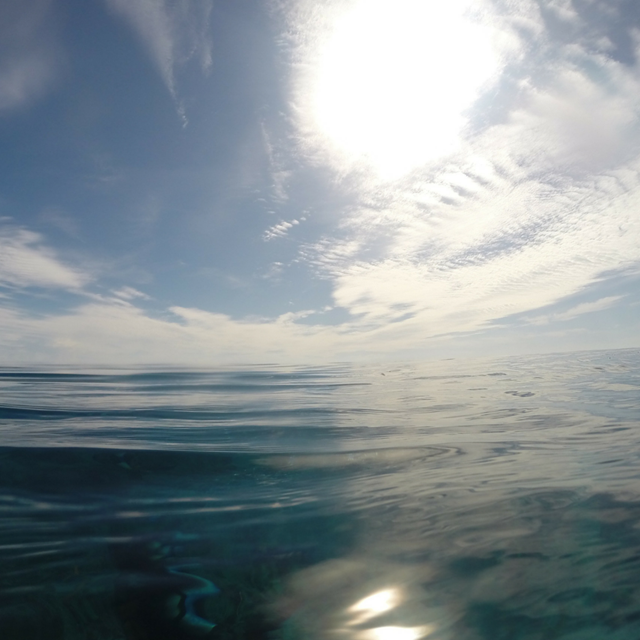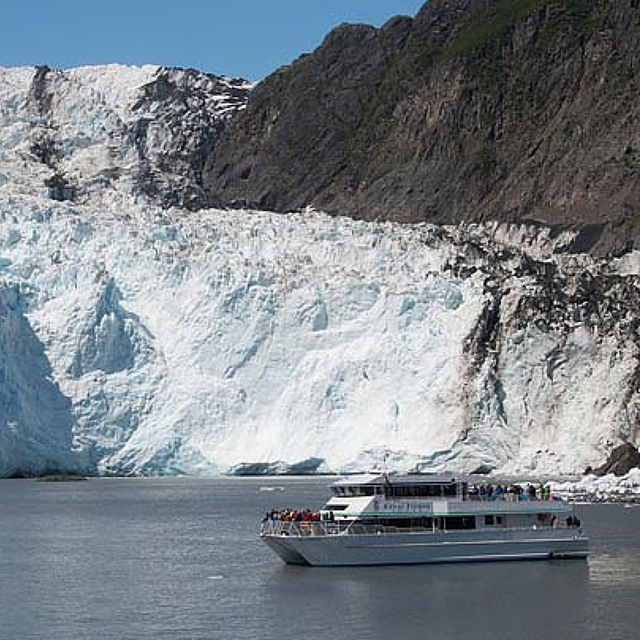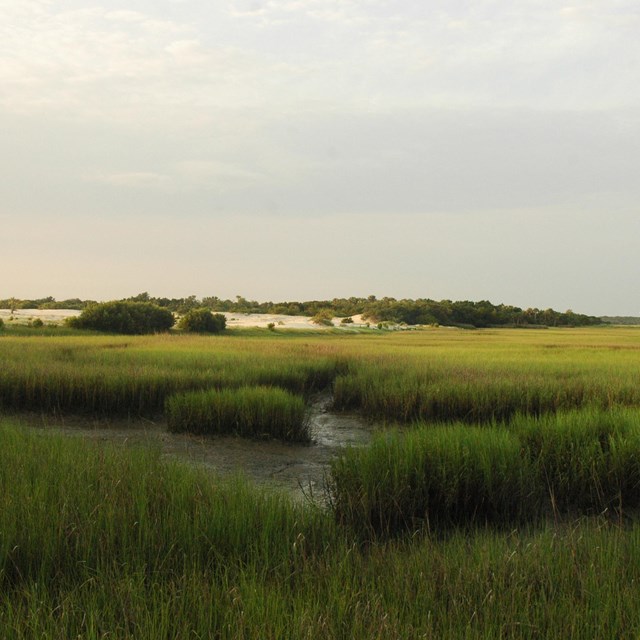|
We live in a watery world. Earth received its nickname the “Blue Planet” because water covers almost three-quarters of its surface. The ocean is the largest of all the biomes on earth. A biome is a large area with a distinctive climate, geology and oceanography. Each biome has its own unique biodiversity and subset of ecosystems. Within each ecosystem there are habitats or places in the ocean where plants and animals have adapted to survive. Some habitats are shallow, sunny and warm. Others are deep, dark and cold. Plant and animal species are able to adapt to certain habitat conditions, including movement of water, amount of light, temperature, water pressure, nutrients, availability of food, and saltiness of water. Ocean habitats can be divided into two: coastal and open ocean habitats. Most ocean life can be found in coastal habitats on the continental shelf, even if this area occupies only 7% of the total ocean area. Most of the open ocean habitats are found in the deep ocean beyond the edge of the continental shelf. Ocean and coastal habitats can be created by species living in them. Corals, kelp, mangroves, salt marshes and seagrasses are the “eco-engineers” of the coasts. They reshape the marine environment to create habitats for other organisms. Within the parks of the National Park System there are many different types of habitats and plant and animal communities, ranging from glaciers to tropical reefs. You can explore the different ocean habitats found within parks below:
|
Last updated: December 1, 2016

